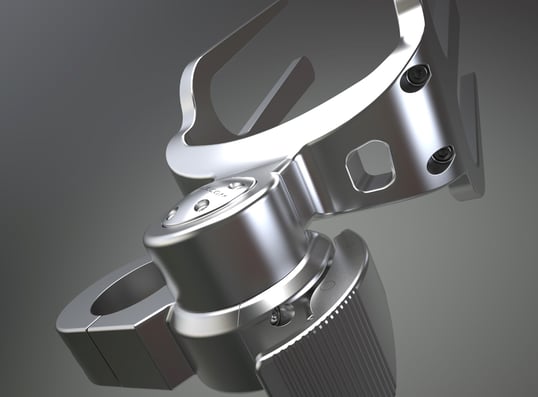Photorealistic rendering, used in the context of product design, is the creation of visual material using 3D CAD (Computer-Automated Design) software, resulting in a digital image that’s generally indiscernible from an actual photograph. Using sophisticated software such as VRAY, a limitless array of colors, textures, materials (such as steel, glass, hard plastic or soft rubber) and properties can be applied to a CAD model to achieve realism. These elements, in combination with sophisticated virtual lighting and staging produces an extremely realistic representation of what a production level part or product will look like. This is invaluable in a designer’s workflow to convey a design to a client. Every aspect of a product’s aesthetic and ergonomic design can be clearly defined using renderings, removing any guesswork or confusion between the designer, client and manufacturer. This helps to streamline the production process and can save valuable time and prototyping cost.


